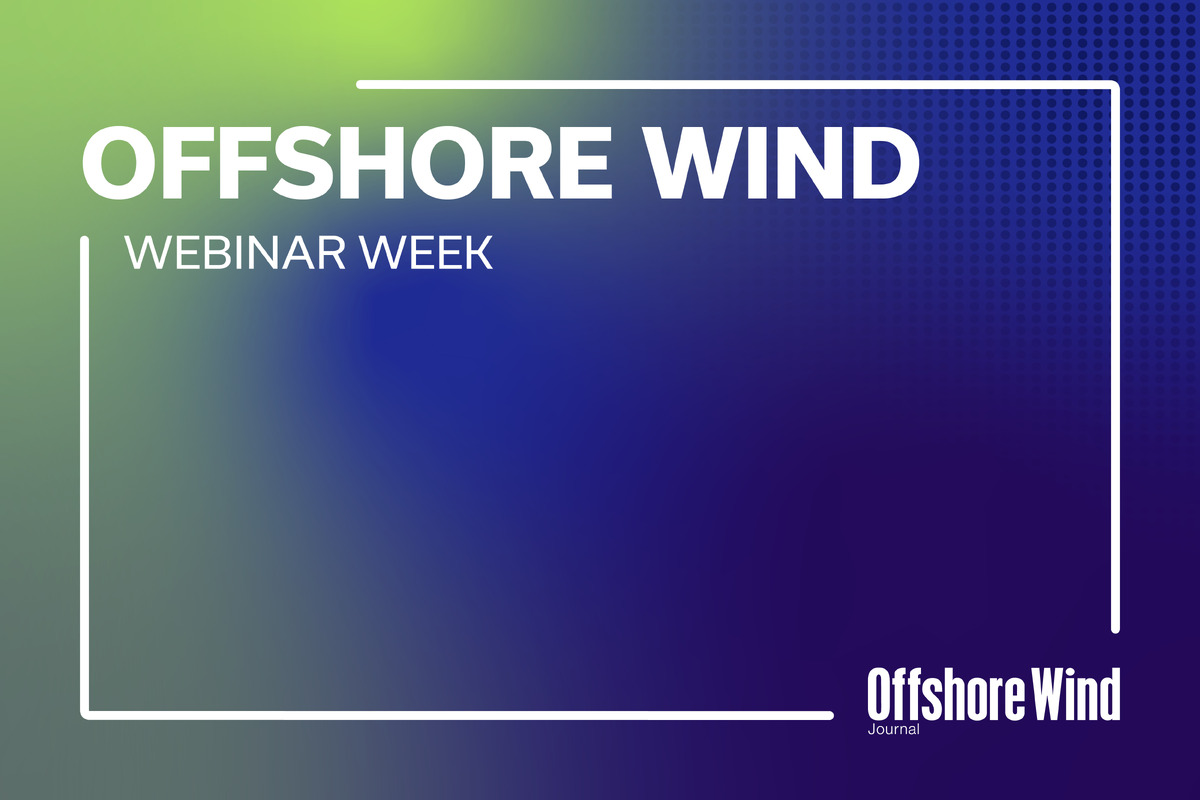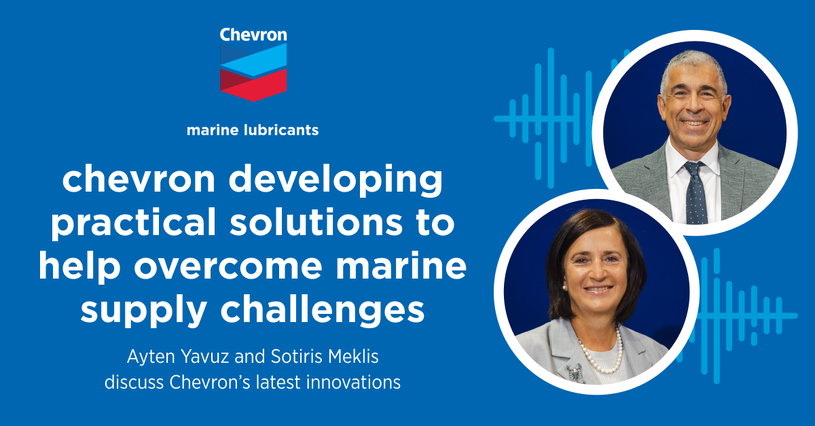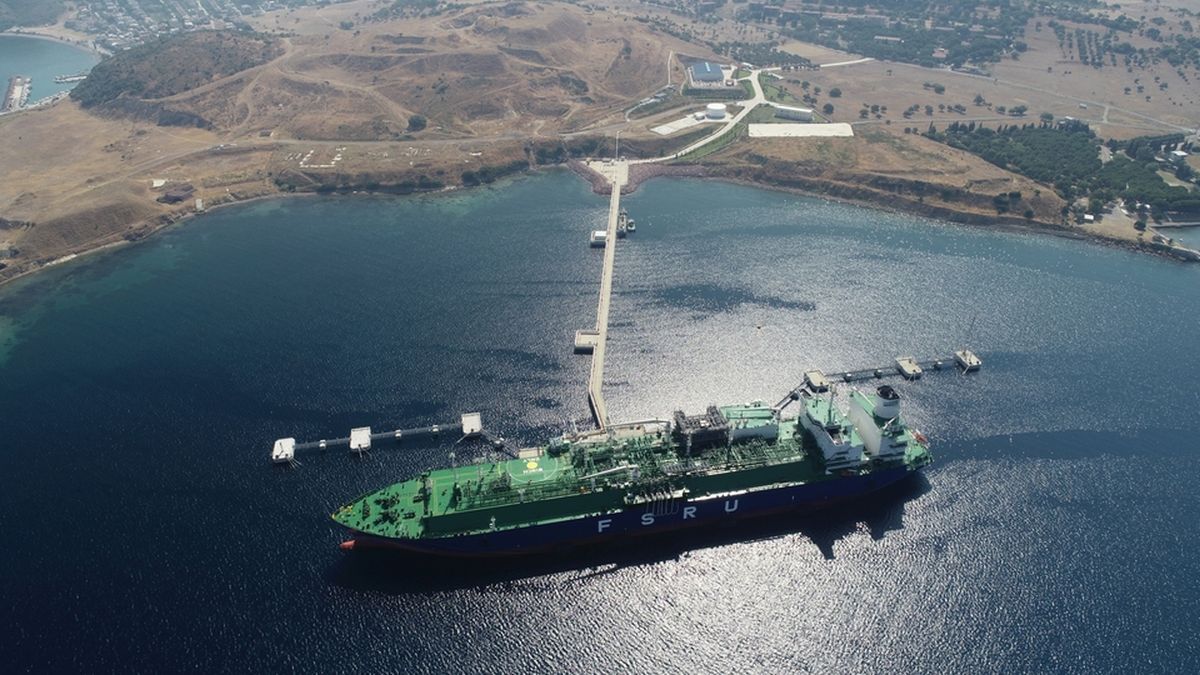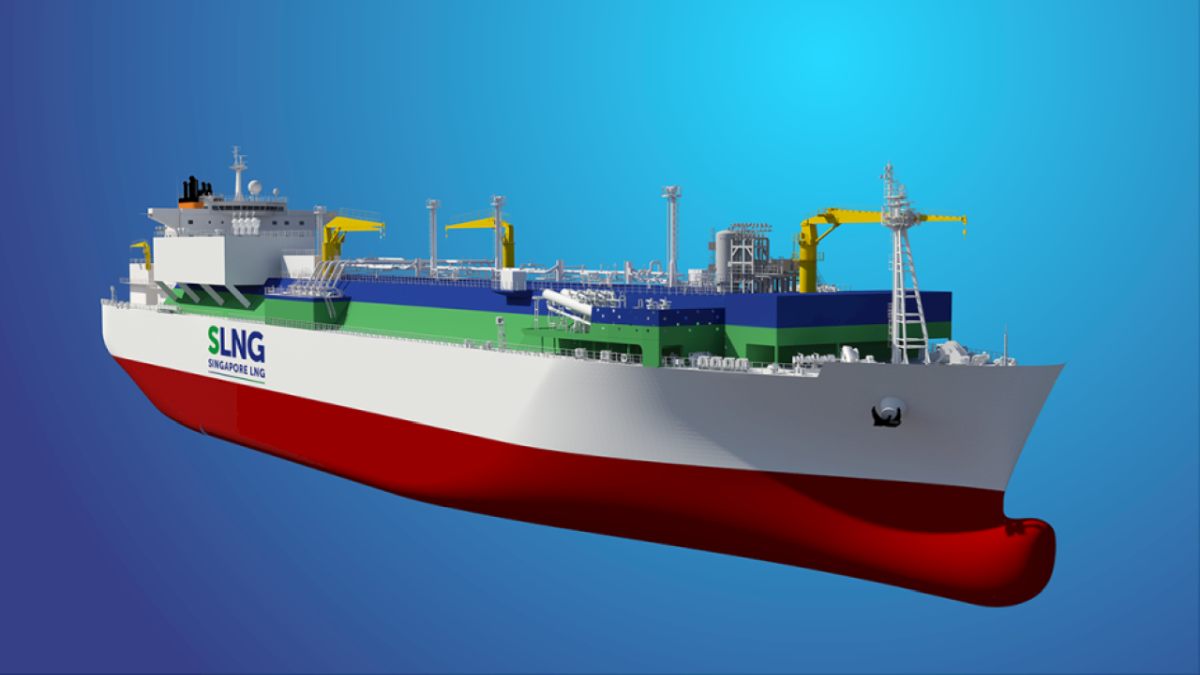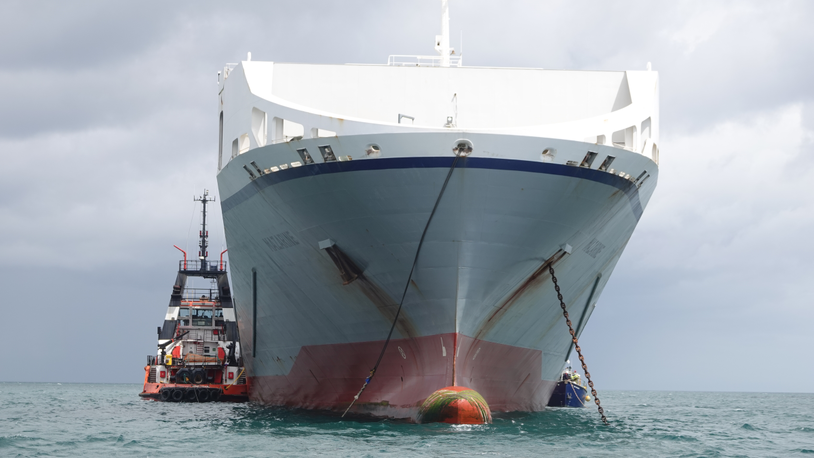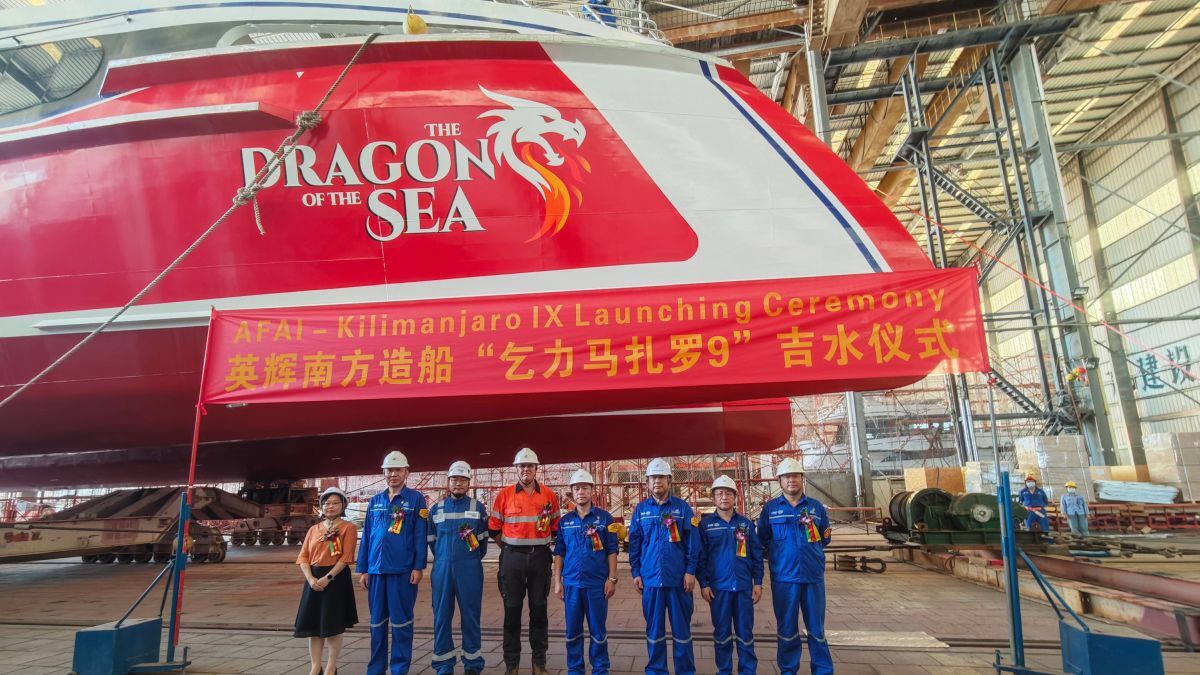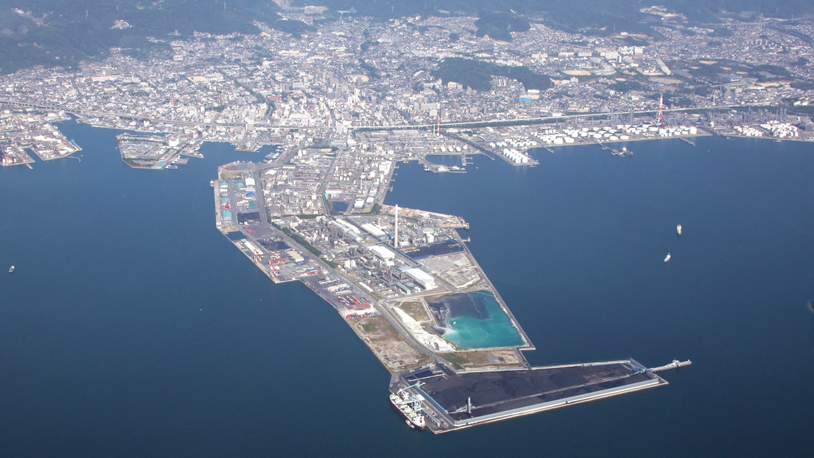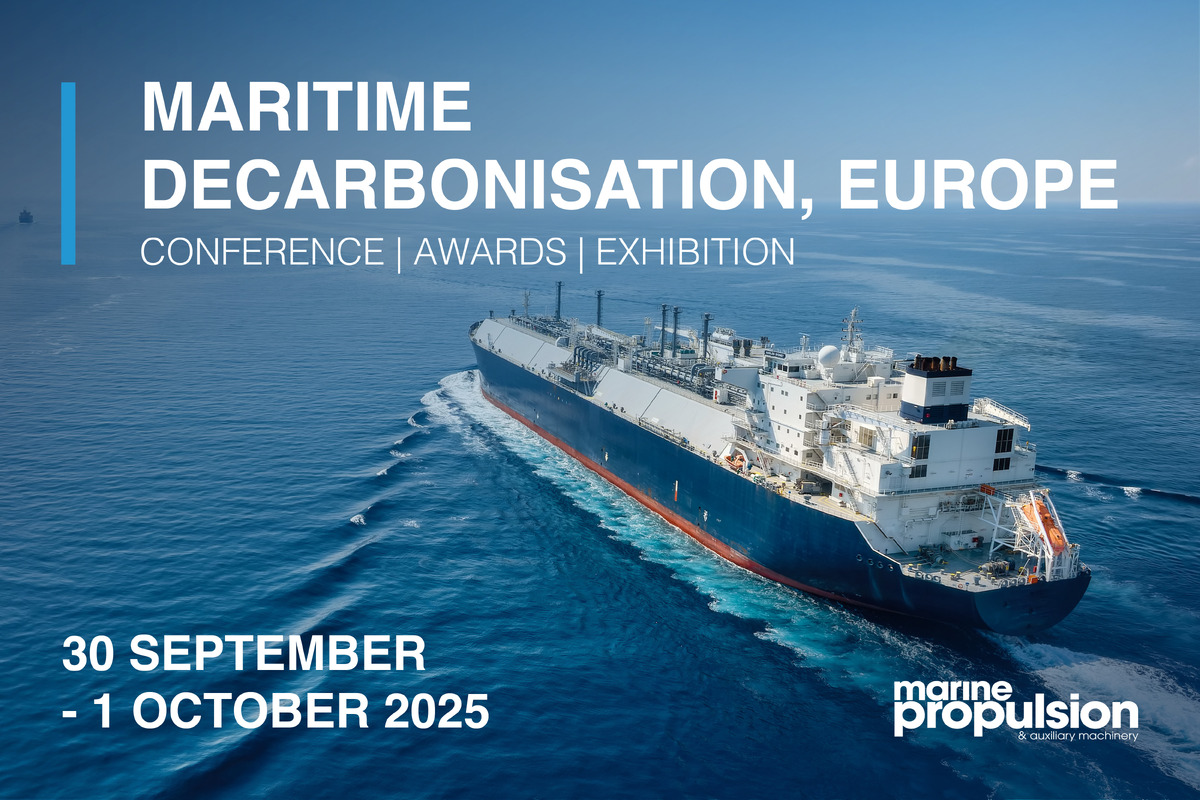Business Sectors
Events
Offshore Wind Webinar Week
Contents
Bullish market drives new tug construction orders
Shipyards benefit from tugboat contracts as the industry enters a golden period for construction driven by regulation and environmental concerns
Fifty-six towage vessels were added to the global orderbook in the first six months of 2019 in what is perceived as a bullish industry. These newbuilding contracts boosted the global orderbook for tugs of more than 20 m in length to 297 vessels, keeping some shipyards busy into 2020 and a few to 2022.
It is a golden period for tug construction as health, safety and environmental legislation begins to bite in the sector. Several ports have been surprised by the pace of change in regulations and reacted with tug newbuilding orders.
There is evidence of a few ports having to turn new business away from shipowners as they do not have the towage available to cope with bigger ships. The dilemma for such ports is to weigh the balance up between ordering new tugs or arranging contractual hire, both of which can be expensive and raise port dues.
There is currently a lot of uncertainty in global economical trading. In the container business this has resulted in several owners switching bigger ships to new ports only, in some cases, to be thwarted by lack of towage capability. While so-called cascading in the container ship business is not welcome, more of this will occur if trade opportunities decrease due to an economic downturn.
This has woken up some ports to the prospect of losing business because of neglecting towage that does not meet new IMO 2020 regulations in the cleaner fuel era. An examination of the market confirms a marked increase in scrapping and several secondhand deals, even for the major shipping lines, who are increasingly keen to cement new business ahead of newbuilding deliveries.
The bonus for tug builders is that owners often order a series of tugboats, which generates economies of scale for the yards.
The increasing presence of China is noticeable, with a further 15 tug newbuilding orders placed for domestic service, particularly for Jiangsu Zhenjiang Shipyard, which added four harbour tugs to the orderbook. These are intended to handle of the world’s largest container ships. There were also seven articulated tug barge (ATB) units ordered at Jiangsu Zhenjiang for hinterland lighterage towage.
These boosted the orderbook in east Asian shipyards to 68 tugs for delivery into 2020. Thus, many more powerful tugs will be built in China this year and export business will be sought.
Damen Shipyards, as the world’s largest producer of standard-design tugs, continually spreads its construction portfolio globally, but mainly in east Asian shipyards. It then transports them to the Netherlands to outfit them for client requirement, or they are completed in Vietnam for Asian or Australian operations.
Sales of standard design hulls ex-stock yield a short fitting out time of 6-8 weeks, delighting potential customers. For example, Damen’s Song Cam Shipyard in Vietnam has taken 10 new orders for azimuth stern drive (ASD) tugs so far this year.
Four ASD 2813 designs were added for Damen’s account resale and a single vessel for Italy’s Augusta group. The latter is also an ASD 2813 design, offering 60 tonnes of bollard pull, and is scheduled to enter the Augusta fleet in December 2019.
Also in southeast Asia, Malaysian shipyards picked up contracts to build four more tugs, three for Tang Tiew Hee & Sons and one at Sapor Shipyard. Singapore’s ASL Shipyard secured contracts to build three tugs for Svitzer Australasia.
European orders
Within Europe, there are 85 harbour tugs and 12 other types of tugboat on the orderbook. During H1 2019, Turkish shipyard Sanmar was busy securing new orders. It added a further 10 tugs to its order portfolio, with six of these destined for Svitzer group, and two each for Alfons Hakans and Orkney Islands Shipping, Scotland.
The Turkish builder’s ASD portfolio is attracting a good run of orders with the most popular proving to be its 24-m long Bogacay class based on Robert Allan’s RAmparts 2400 SX design exclusive to Sanmar. Thirty-four are now in service, with 70-tonnes bollard pull, suiting many demands of traffic in a variety of ports.
Svitzer has ordered six Bogacay tugs for employment for 15 years to provide towage services at the Sohar Industrial Port, in Oman. Deliveries are stemmed between March and September 2020.
North American contracts
In North America, builders are also profiting from a surge in naval tug orders. There were nine tugs contracted in H1 2019 boosting the orderbook in that region to 59 tugs.
Vancouver-headquartered tug designer Robert Allan confirmed Sanmar’s work was instrumental in Canada’s Department of National Defence accepting its Bogacay series 24-m design Ramparts 2400 SX model.
The contractor was impressed by the performance of existing units although the Royal Canadian Navy ships will be more sophisticated. Accordingly, four naval tugs have been committed to Ocean Industries, Quebec, with long lead delivery times between April 2020 and January 2023 due in part to design refinements for the Navy. They will be built by l’Isle-aux-Codres shipyard.
This quartet forms part of the naval replacement programme and will serve the major naval bases at Esquimalt, British Columbia and Halifax, Nova Scotia. They will comply with IMO Tier III standards to meet exhaust after treatment reductions for emissions of particulate matter and NOx and SOx. Two more are already under construction at Dakota Creek Industries to EPA Tier 4 compliant status from Robert Allan. Known as the Naval Large Design project, the six tugs will have around 60 tonnes of bollard pull.
In addition, Gunderson Marine secured orders from Overseas Shipholding for two more ATB units and Washburn & Doughty picked up a contract from McAllister Towage in H1 2019.
Environmental pressures
Environmental regulations and regional requirements are impacting tug newbuilding contracting. To maintain sustainability, more tugs are being built to IMO Tier III standard with some even embracing the next set of towage legislation, US Environmental Protection Agency (EPA) Tier 4 stipulation depending on working areas.
Overall, there are a number of negotiations in the pending stage which will lead to more orders because of rising environmental requirements. This will guarantee the continuing bullish situation for newbuildings and retrofitting for tugs up to 10 years old will be worth the expenditure to upgrade. Some owners are upgrading existing tugs with new IMO Tier III machinery to stay competitive, giving valuable employment to smaller shipbuilders.
| Tug orderbook July 2019 | |
| Shipbuilder region | tugs on order |
| Africa | 1 |
| Asia | 38 |
| Europe (harbour tug) | 85 |
| Europe (other) | 12 |
| Far East (harbour) | 55 |
| Far East (other) | 13 |
| Middle East | 23 |
| North America (harbour) | 41 |
| North America (other) | 18 |
| South America | 10 |
| Undisclosed | 1 |
| Total | 297 |
| Tug orders H1 2019 | |
| Shipbuilding country | tugs |
| Canada | 4 |
| China | 15 |
| South Korea | 1 |
| Malaysia | 4 |
| Singapore | 3 |
| Turkey | 10 |
| UAE | 2 |
| USA | 5 |
| Vietnam | 12 |
| Total | 56 |
Source: BRL Shipping Consultants
Smart Tug Operations Conference will be held in Singapore on 16 September 2019
Related to this Story
Events
Offshore Wind Webinar Week
Maritime Decarbonisation, Europe: Conference, Awards & Exhibition 2025
Offshore Support Journal Conference, Americas 2025
© 2024 Riviera Maritime Media Ltd.
